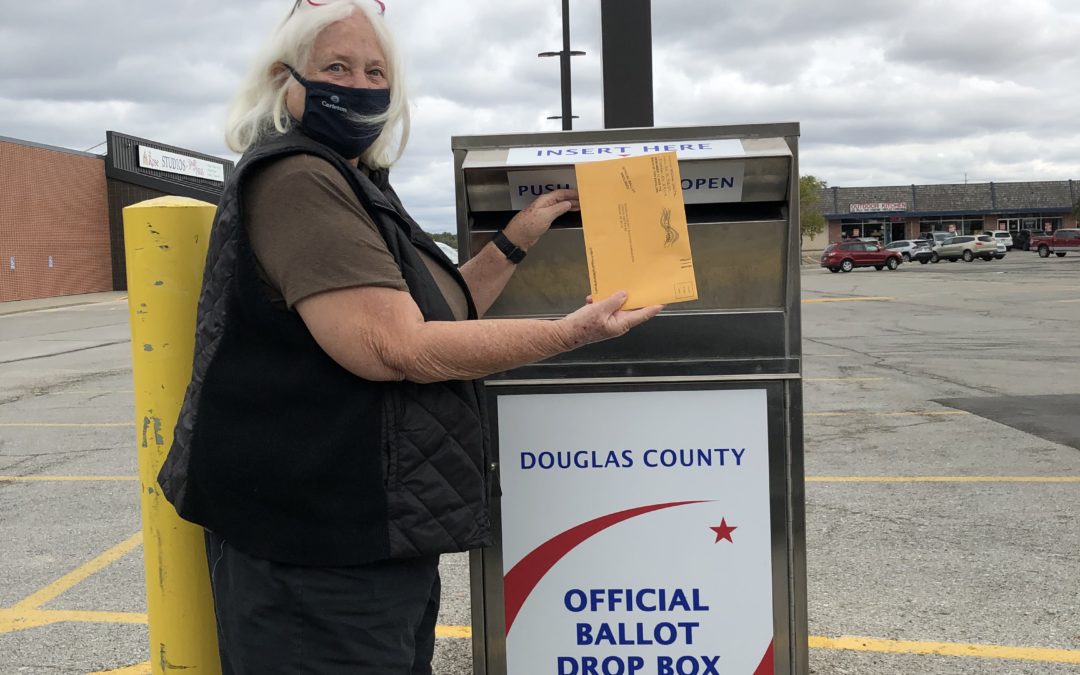
It’s Vital to Vote
It’s Vital to Vote
It doesn’t take much to recognize that we are in deep in the midst of the election period. Signs standing guard in the yards and peeking out from residential windows. Ads on TV and social media. Debates, news headlines, discussions between friends and family – it’s inescapable. And I don’t think that’s a bad thing.
I am watching this unfold now from a whole different perspective, having done a campaign in 2018. Because the regent position is a nonpartisan race, we are able to focus on the issues facing the university, which I think definitely helps the dialogue.
One thing I remember from the 2018 election cycle was that one state senate seat was decided by very few votes.
That’s a slim margin. I said then – and I will reiterate now – that more Nebraskans need to understand the difference their vote can make in our state and local races. We are talking about the people who will be making big decisions in your community that directly affect your community.
This year Wally and I did the mail-in route, for several reasons. Not only was it easy, we also had access to plenty of information on the internet to look up issues or candidates. When we were ready, we drove to the election office and put out ballot in their box (saving on postage).
These decisions matter, as does your vote. I hope you will take a moment to learn where your candidates stand on all the issues, but especially on education. We all know that the COVID-19 pandemic has forced all sorts of changes to our education institutions. As with any crisis, we adapt to survive.
But our university is not a simple machine. We need people in office that understand the connections between workforce employment, the state funding issues, and who we elect to make decisions. It’s critical to understand just how vital education is to our communities, our citizenry, and our state as a whole.
So, please know that your vote impacts the university in a significant way. State senators and the governor control budget decisions. What they value is where they’ll decide to invest. It’s time to ask yourself what you value, and make your decisions accordingly. Vote this November. If you live in a district electing a regent this year do your homework and vote all the way down the ballot. Connect the dots.
To request a ballot by mail, the request has to be received by Friday, October 23rd. There’s still time, but not much.
However you do it, please vote and urge those around you to vote as well.
*Barbara’s thoughts as written by Kate based on weekly (fascinating) conversations.





